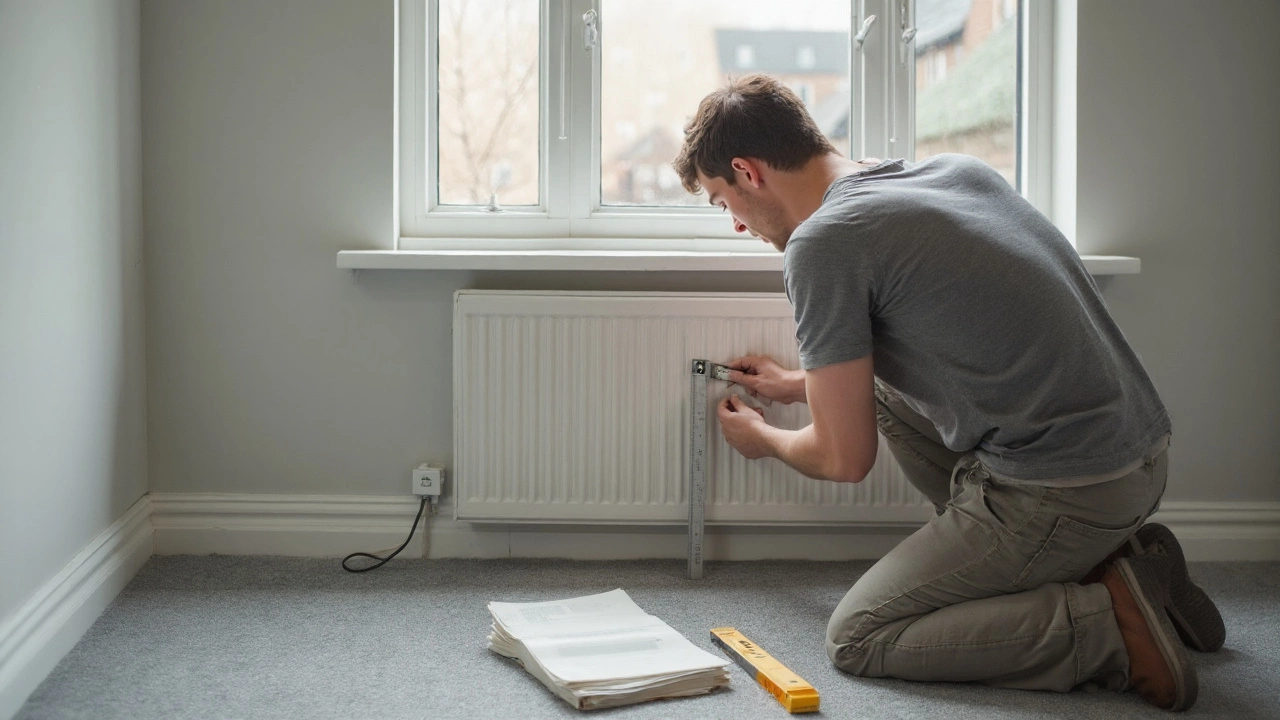Concrete Slab Cracks – What Causes Them and How to Fix Them
Notice a hairline line spreading across your garage floor or a jagged split in your patio? That’s a concrete slab crack, and it’s more than a eyesore. It can signal moisture problems, soil movement, or even a weak mix. The good news? Most cracks are repairable, and catching them early saves you time and money.
Common Reasons Concrete Slabs Crack
First, think about the ground beneath the slab. Expanding clay soils push up when they soak, while shrinking soil pulls the slab down – both create stress that the concrete can’t handle. Second, the concrete mix matters; too little cement or excess water makes it brittle. Third, temperature swings cause the slab to expand and contract, leading to shrinkage cracks. Finally, heavy loads like a new hot tub or a stack of heavy machinery can overload a slab that wasn’t designed for that weight.
Spotting the Signs Early
Look for these red flags: a network of hair‑thin lines, larger jagged cracks that go deep, or any crack that widens when you press on it. Also, pay attention to bubbling or discoloration on the surface – that usually means moisture is getting in. If you see floor unevenness or doors that stick, the slab could be shifting beneath them.
When you spot a crack, measure its width with a ruler or a crack gauge. Anything under ¼ inch can often be handled with a DIY epoxy filler, while wider gaps may need a professional steel‑reinforced patch.
DIY Repair Options
For small cracks, clean the gap, etch the surrounding area with a wire brush, then pour epoxy or a polymer‑based concrete filler. Smooth it with a trowel and let it cure as the product directs – usually 24 to 48 hours. For medium‑size cracks (¼ to ½ inch), you’ll want a concrete resurfacing mix. Apply a bonding agent first, then spread the mix, pressing it firmly into the crack.
Tools you’ll need: a chisel, hammer, vacuum, waterproof sealant, and a sturdy caulking gun. The whole process takes a few hours, and the cost stays under £100 for most home DIY jobs.
When to Call a Pro
If a crack is wider than ½ inch, runs deep into the slab, or appears alongside settlement signs, bring in a specialist. They may inject polyurethane foam, install steel reinforcement bars, or even lift and level the whole slab. Professional repair costs range from £150 for a simple injection to £2,000 for extensive structural fixes, depending on size and location.
For commercial properties or large‑scale foundations, you’ll also need a structural engineer’s sign‑off to ensure the repair meets building regulations.
Preventing Future Cracks
Good preparation stops most problems before they start. Start with a well‑compacted sub‑base – a layer of crushed stone that drains water away. Use a concrete mix with the right water‑to‑cement ratio and add shrink‑stop additives if you’re in a climate with big temperature swings. Finally, control moisture by installing proper drainage around the slab and sealing the surface once it cures.
Regular inspections, especially after heavy rains or after adding new weight, let you spot trouble early. A quick visual check every six months can save you thousands in repair bills down the line.
Concrete slab cracks don’t have to become a nightmare. By understanding why they happen, spotting them quickly, and choosing the right repair route, you keep your floor safe, level, and looking good for years to come.

